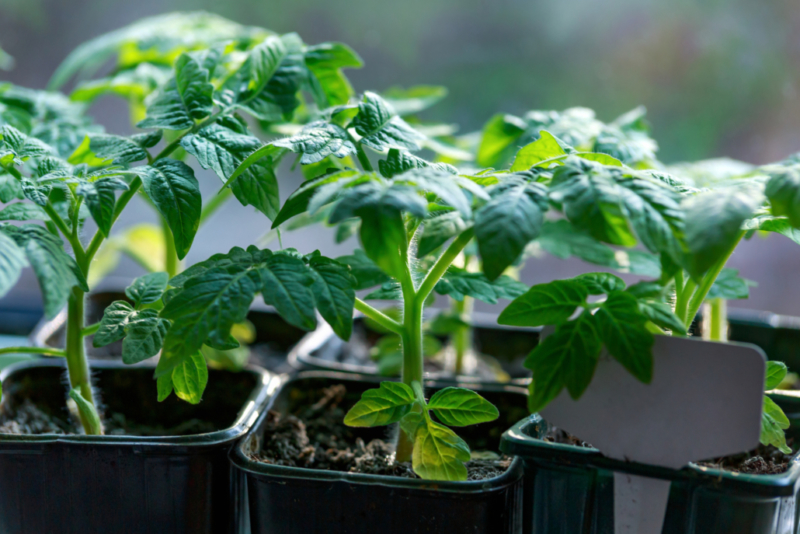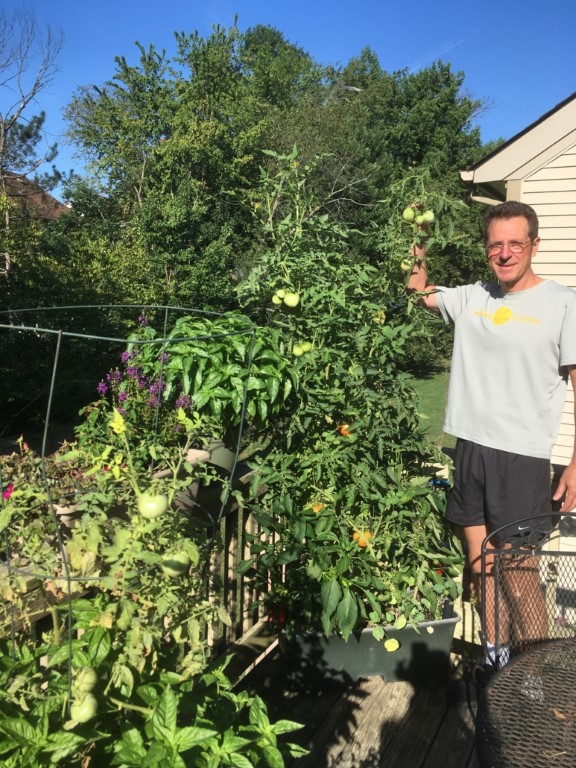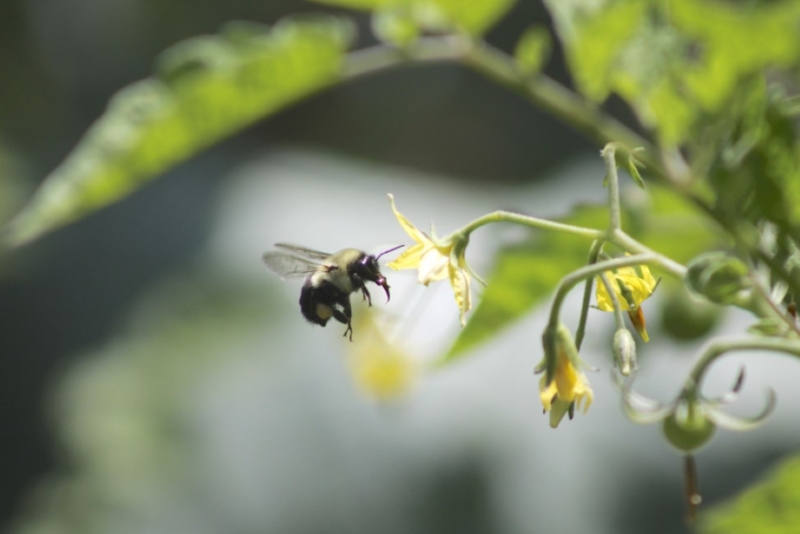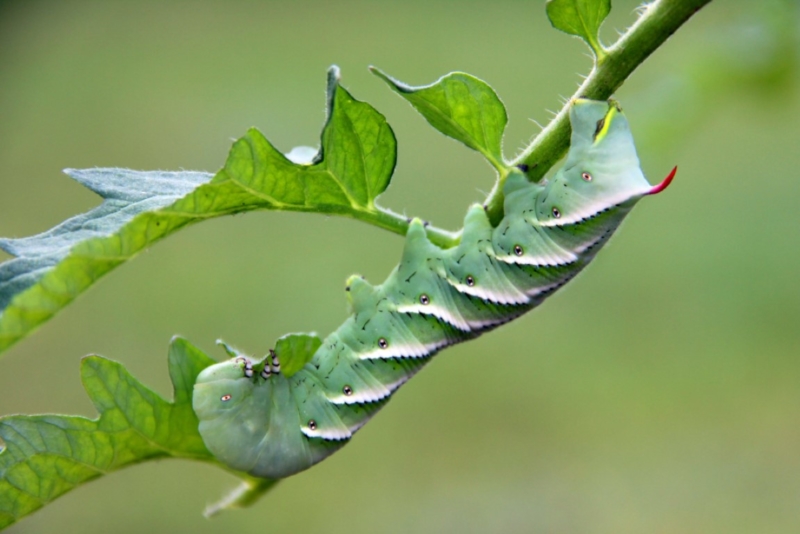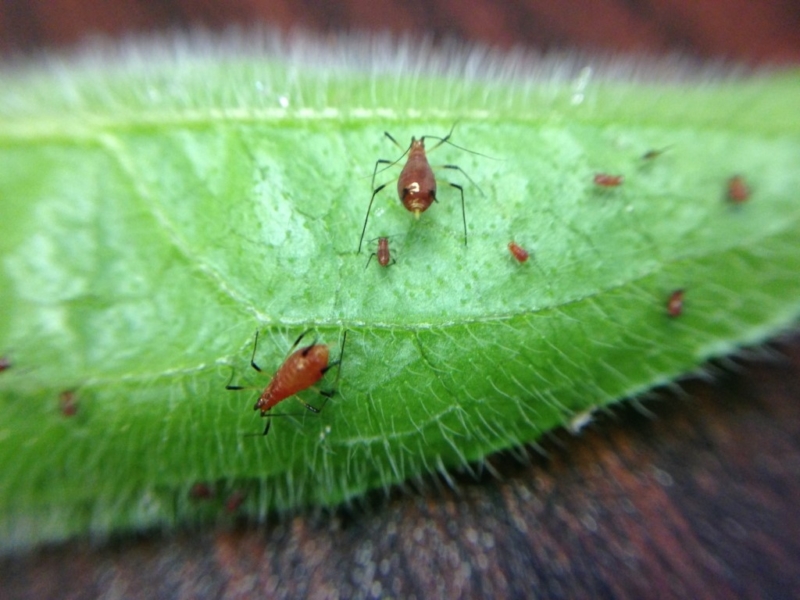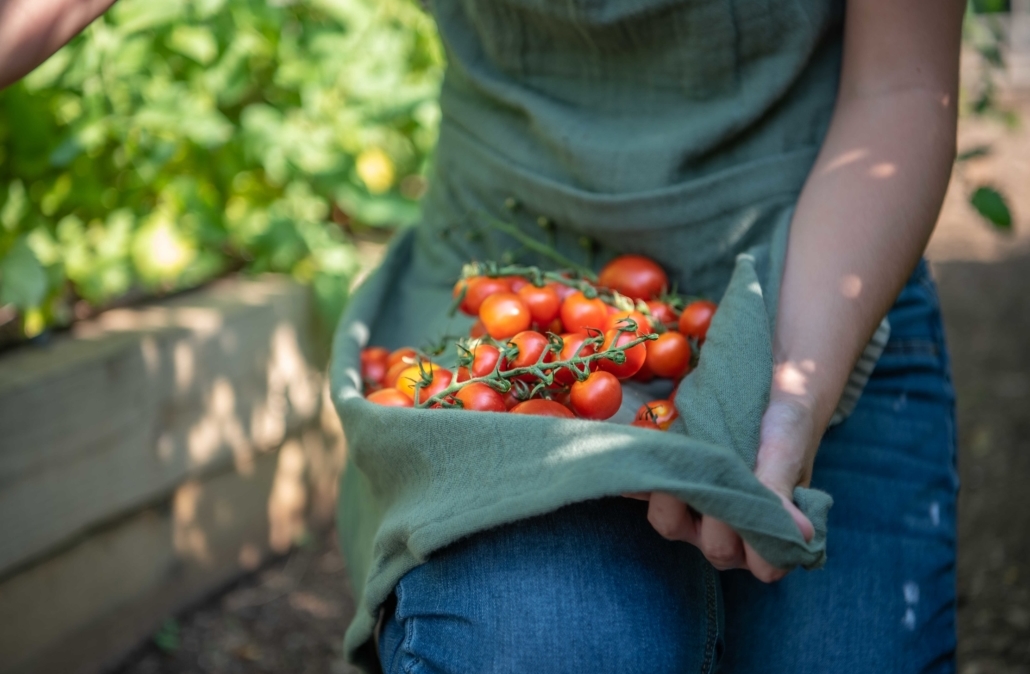
Tomato Growing Guide
As anyone who has ever experienced the delicious flavor of a tomato fresh from the vine will know, there is nothing quite as good as garden-grown tomatoes. It’s no surprise that tomatoes are America’s favorite homegrown food. While there are many varieties, and every veteran gardener has slightly different methods they swear by, you can easily be successful by understanding some of the basic needs of the plants. Whether you are new to gardening or a veteran, we’ve got your guide to the ins and outs of growing tomatoes at home.
Sowing and Planting
You can grow tomatoes from seed or starter plants in containers or in the ground. If you are starting in May, you will want to plant a starter plant. Whether you are growing in the ground or in a container on your balcony, you will want to plant your tomatoes in soil with added compost, lime and fertilizer.
Each gardener has their own recipe, but lately I am a fan of Bumper Crop as it has all of these ingredients in one bag and is certified OMRI (Organic Materials Review Institute) organic. When planting in the ground, dig into and loosen the soil at a depth of 8 to 12″ and mix in a 1 to 2″ layer of Bumper Crop. When growing in pots, mix 80 to 90% potting mix with 10 to 20% Bumper Crop.
Starting from seed? See our resources on starting seeds indoors and starting seeds outdoors. If you’re planting in containers, see our guide on planting tomato transplants in containers for more information on getting started.
Sunlight
Tomatoes need a minimum of 5 hours of direct sun each day, but even more is better.
Water
Check the soil often and keep your tomatoes consistently moist throughout the growing season. If it feels like a moist or wet sponge, your plant has a good amount of water. Too much water can cause disease and will cause your tomatoes to crack. Too little water on the other hand reduces the quantity and quality of your tomatoes and can lead to blossom end rot.
Space and Support
Tomatoes are vines that continue growing throughout the entire summer. It’s not unusual to have tomato vines reach 8 to 10′ by the end of the season. Growing tomatoes in “cages” that help support the plant is one of the easiest and best ways to hold the plants upright, off the ground. You can also support the plants with stakes or on a trellis. A few varieties, such as ‘Celebrity’, ‘Rutgers’ and ‘Patio’ are smaller (determinate) plants that are good for limited spaces.
Growing Tips
While your plants are growing, there are a few tasks you will want to complete regularly as well as a few issues to keep an eye out for that commonly cause problems for tomato gardeners.
Fertilizer
Apply Tomato Tone every 4-6 weeks throughout the growing season to keep your tomatoes fed with plenty of nutrients.
Pollination
Bumble bees are the primary pollinators of tomatoes, and you will need to attract them if you do not want to pollinate your plants by hand to ensure a good harvest. To bring the bees, plant zinnia, hyssop, portulaca and other flowers near your tomato plants.
Pest and Disease Prevention and Solutions
Fungal Diseases
Tomatoes are susceptible to several fungal diseases. Here are a few steps you can take to prevent your plants from becoming infected:
- Place your tomatoes 3 to 4 feet apart, allowing plenty of room for good air circulation.
- Mulch around the base of your plants to prevent contact with the soil, where fungal diseases may reside.
- Avoid prolonged periods of leaf wetness as it can promote infection and disease spread. You can do this by watering in the morning so that the sun dries the leaves, or by watering at the base of the plant so that the leaves do not get wet.
Pests
Tomato hornworm, aphids and mites are the most common pests that can affect tomato plants. You can remove hornworms by hand and manage aphids and mites with insecticidal soap applied according to the package directions.
Remove Tomato Hornworm by hand.
Use an insecticidal soap to deal with aphids.
Use an insecticidal soap to manage mites.
Squirrels, Chipmunks and Birds
A number of common garden critters love tomatoes, and will take a bite (or several) out of your plants. If they are getting more tomatoes than you are, consider picking them early, at the first sign of color, and let them ripen up indoors in safety.


